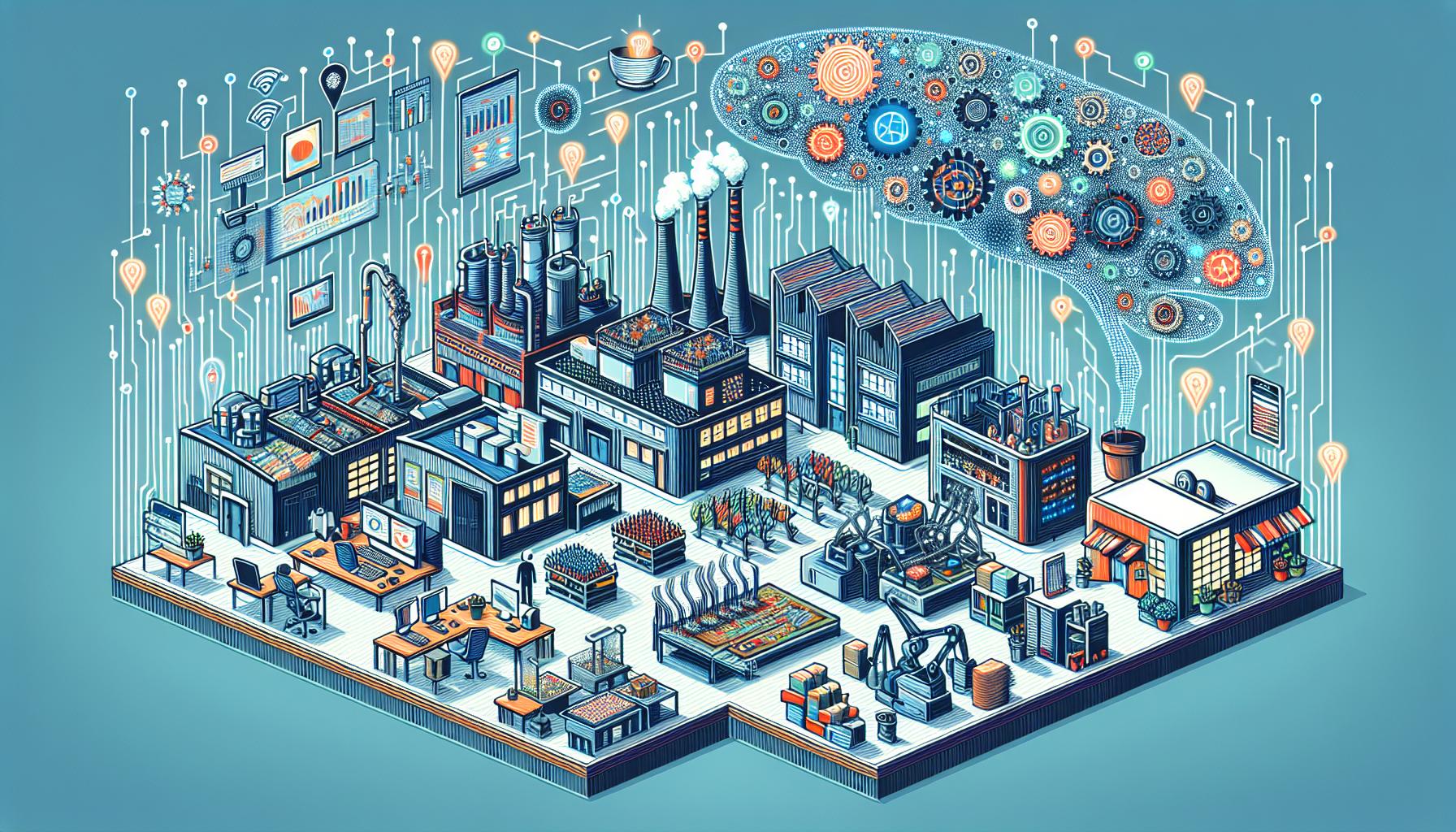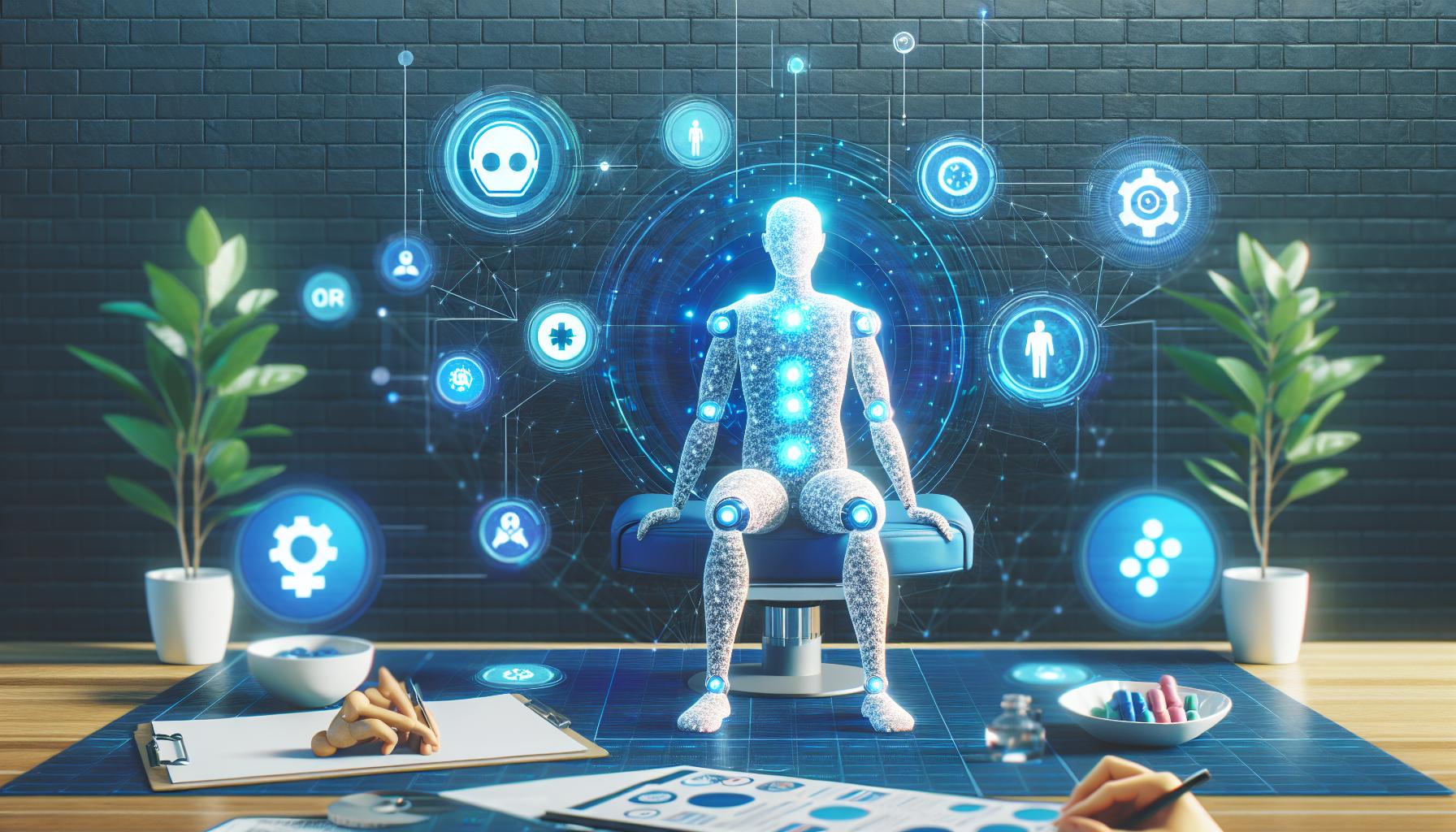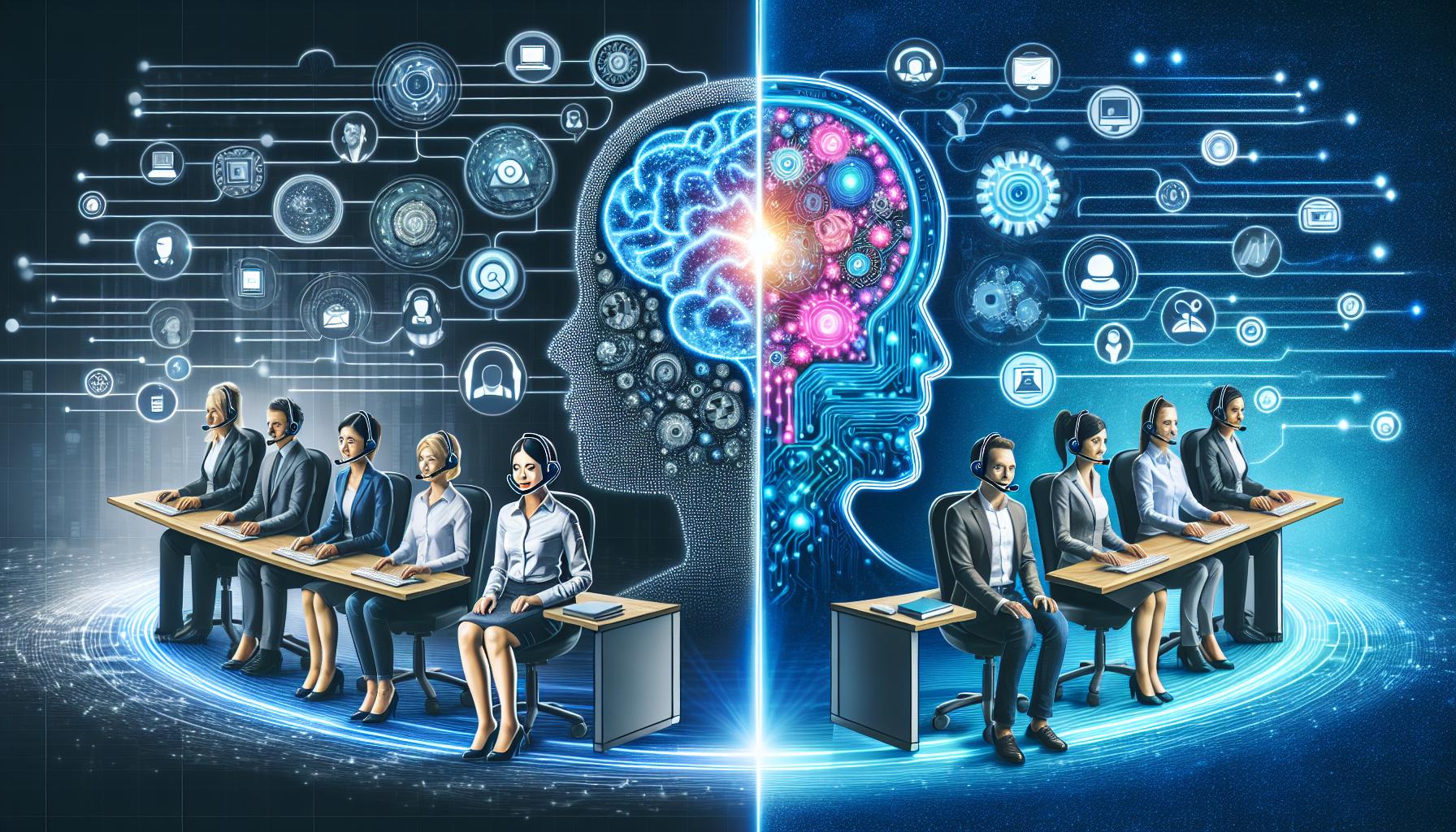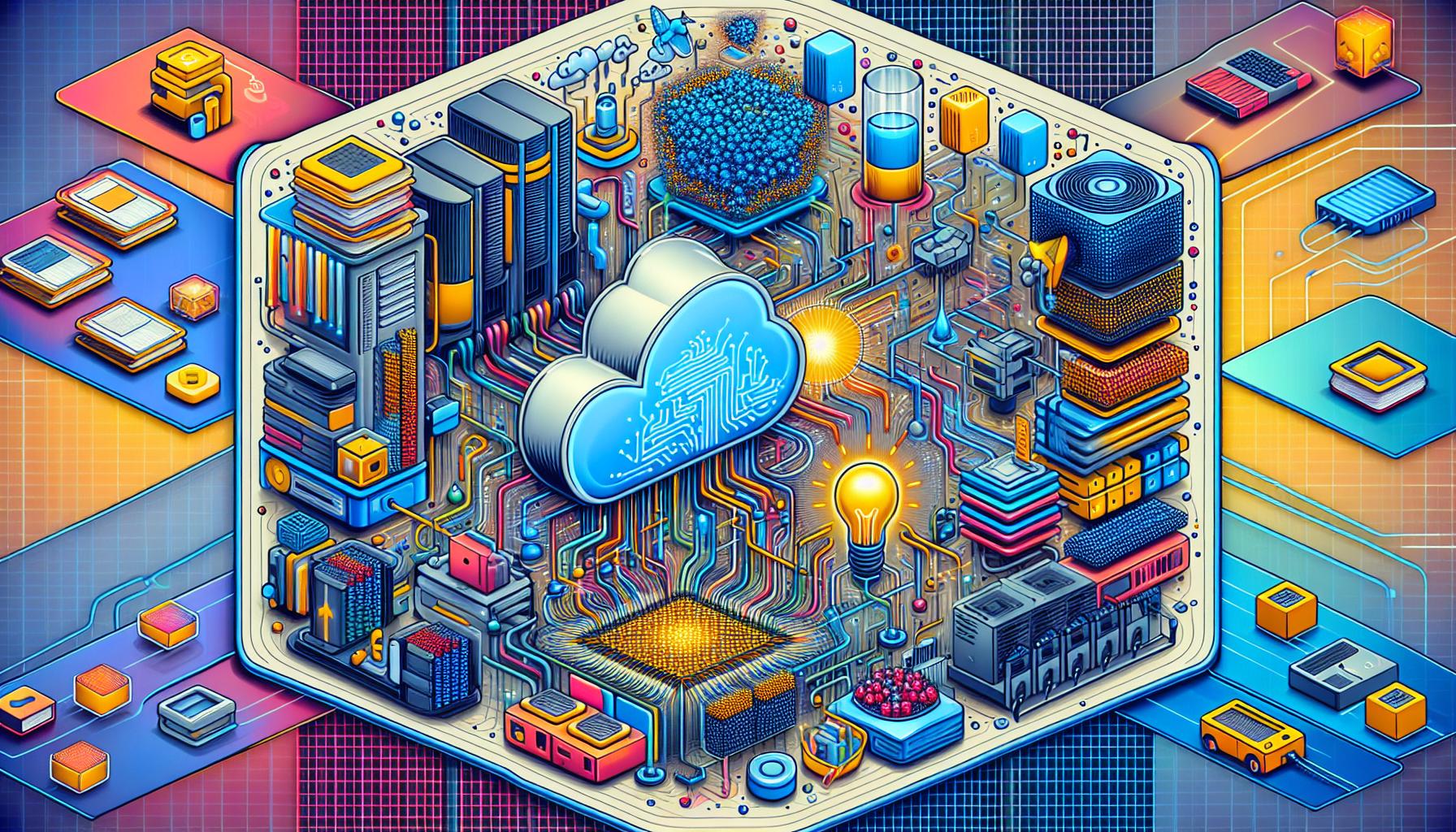Top 10 Generative AI Tools and Platforms: Revolutionizing Industries with RAIA

Introduction
In our fast-paced, technologically advancing world, the realm of Artificial Intelligence (AI) continues to push boundaries and reshape industries. One of the most fascinating branches of A.I. is generative AI, a technology that holds the power to create content, artwork, code, and more, all on its own. This blog will delve into the significance of generative A.I. and its growing impact on various sectors, highlighting how it is revolutionizing traditional processes and opening doors to innovative possibilities. We will also explore the top 10 generative A.I. tools businesses can use to automate workflows and boost productivity.
What is Generative A.I. and Its Significance?
Generative AI, a subset of AI, focuses on teaching machines to produce original and creative content. Unlike traditional AI, which operates based on predetermined rules, generative A.I. has the ability to learn from data and generate content autonomously. This technology leverages complex algorithms and neural networks to understand patterns and produce outputs that mimic human-like creativity.
The significance of generative A.I. lies in its potential to revolutionize industries across the board. From content creation to software development, generative A.I. tools are paving the way for greater efficiency, creativity, and innovation. Companies are increasingly adopting these tools to streamline their processes, reduce manual efforts, and unlock new possibilities that were once unimaginable.
The Growing Role of Generative A.I. Tools in Various Industries
Generative A.I. tools are making their mark in various industries, each harnessing the technology's capabilities to achieve unique goals. Examples include:
- Content Creation: Writers, marketers, and content creators are utilizing generative A.I. to automate content generation, effectively streamlining workflows and achieving a remarkable 40% reduction in time spent on content creation. This efficiency boost allows them to focus on higher-level strategic tasks and creativity.
- Design and Art: Artists and designers are exploring generative A.I. for creating unique visual art, illustrations, and designs, pushing the boundaries of creativity.
- Software Development: Generative A.I. aids developers by generating code snippets, improving software testing, and even suggesting optimal solutions to coding challenges.
- Language Translation: Real-time translation tools enable seamless communication across diverse languages, fostering global collaboration and understanding.
- Healthcare: A.I. assists in analyzing medical images, diagnosing diseases, and predicting patient outcomes, leading to more timely and accurate diagnoses.
- Gaming: Game developers use generative A.I. to create immersive virtual worlds, generate in-game content, and adapt gameplay based on player behavior.
- Finance: Financial institutions use A.I. to analyze market trends, predict stock movements, and optimize trading strategies.
Top 10 Generative A.I. Tools and Platforms
Let's explore the top 10 generative A.I. tools and platforms:
1. ChatGPT
Developed By: OpenAI
Uses: Customer support, content creation, idea generation
Key Features: Natural language generation, conversational AI, creative writing assistance
Challenges: Potential for misinformation and bias
2. Scribe
Uses: Summarizing articles, crafting reports, aiding academic writing
Key Features: A.I. writing assistant, documentation creation, research assistance
Challenges: Intricate creative writing may require human touch
3. AlphaCode
Developed By: DeepMind
Uses: Writing code, bug resolution, suggesting programming solutions
Key Features: Coding assistance, real-time code suggestions, bug fixes
Challenges: Complex scenarios might lead to suboptimal code generation
4. GitHub Copilot
Developed By: GitHub (in partnership with OpenAI)
Uses: Code snippet generation, context-based coding guidance
Key Features: Integration with popular code editors, real-time suggestions, diverse programming language support
Challenges: Some generated code might need refinement
5. GPT-4
Developed By: OpenAI
Uses: Content creation, natural language processing
Key Features: High-quality text generation, nuanced responses, customizable text generation
Challenges: Potential inaccuracies and biases
6. Bard
Developed By: Google
Uses: Brainstorming, generating code snippets, drafting written content
Key Features: Transformer-based model, user response rating mechanism, integration with Google accounts
Challenges: Currently limited to select users
7. Cohere Generate
Developed By: Cohere
Uses: Crafting dynamic dialogue systems, personalized content creation
Key Features: Interactive conversational agents, personalized email generation
Challenges: Fine-tuning process needs refinement
8. Dall-E 2
Developed By: OpenAI
Uses: Image synthesis from text prompts
Key Features: Converts textual prompts into visuals, supports various image styles, detailed imagery creation
Challenges: Occasional inaccuracies and concept constraints
9. Claude
Developed By: Anthropic
Uses: Handling extensive text data, engaging in fluent conversations
Key Features: Multilingual proficiency, workflow automation, adaptive learning
Challenges: Not specified
10. Synthesia
Uses: Creating lifelike videos, integrating text with realistic visuals
Key Features: Converts text to videos, dynamic visuals, automated voice synthesis
Challenges: Not specified
The Role of RAIA in Supporting Generative A.I. Development
RAIA offers a comprehensive platform that significantly aids in the training and testing of generative A.I. tools. Here's how:
- Streamlined Development: RAIA provides advanced tools and frameworks for developing generative A.I. models, enabling rapid prototyping and iterative development.
- Effective Training: RAIA's platform includes high-quality training modules that help fine-tune A.I. models for specific tasks, ensuring better accuracy and performance.
- Robust Testing Environment: RAIA allows developers to simulate a wide range of user interactions and scenarios, helping identify potential issues and optimizing A.I. performance.
- User Experience Design: RAIA supports the creation of tailored user interfaces, enhancing the usability and effectiveness of generative A.I. tools.
- Launching A.I. Assistants Built on OpenAI: RAIA provides the necessary infrastructure to build, train, and test A.I. assistants leveraging OpenAI's models, ensuring robustness and scalability.
Conclusion
Generative A.I. has ushered in a new era of technological possibilities, where machines contribute actively to creative processes. From generating code snippets to composing music and crafting visual content, the tools and platforms highlighted above exemplify the remarkable progress in this field. While it's important to recognize the potential and limitations of generative AI, leveraging platforms like RAIA can help developers create efficient, creative, and innovative A.I. solutions. As industries continue to evolve, the collaboration between human ingenuity and A.I. capabilities will drive unprecedented achievements.




